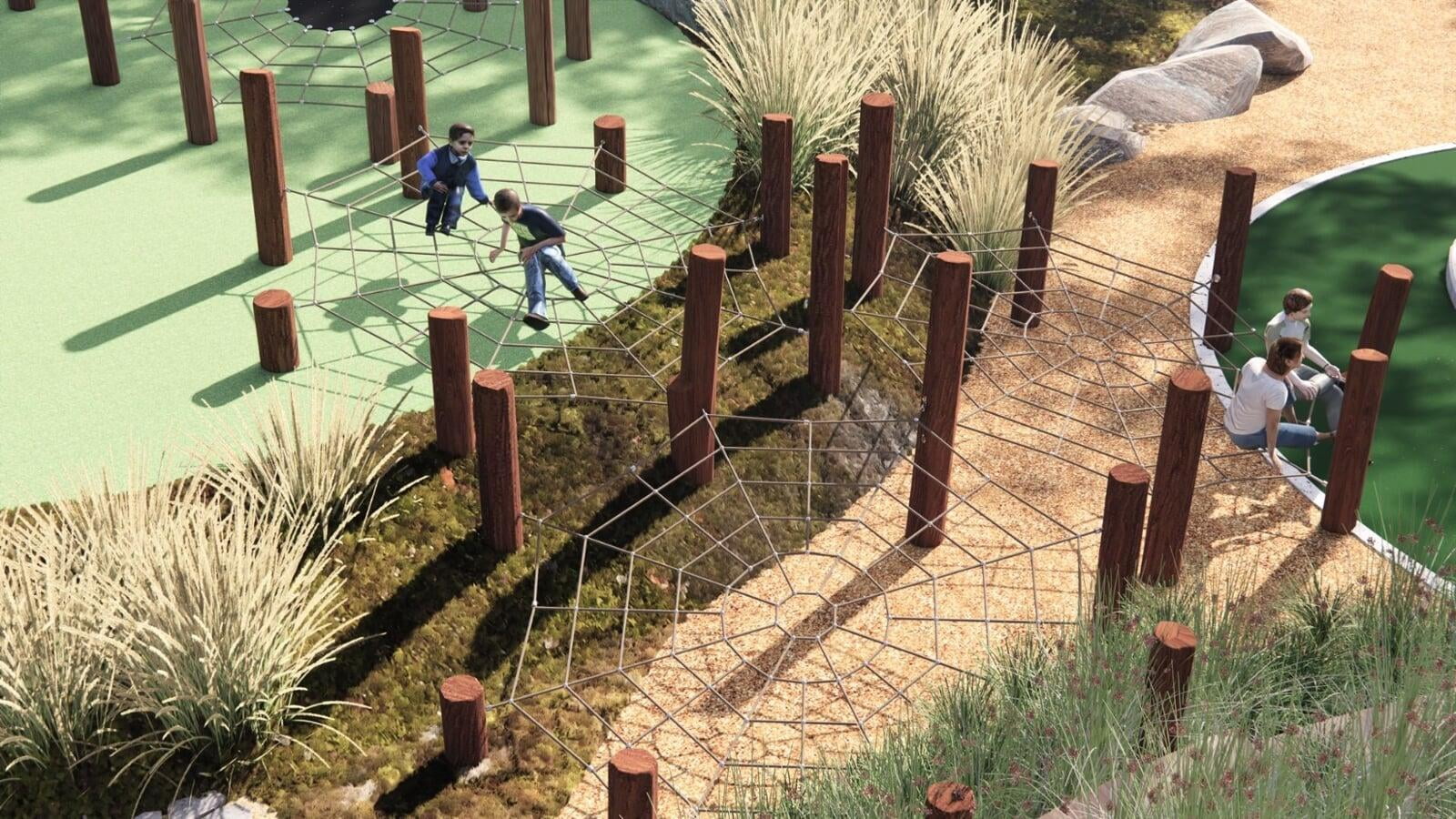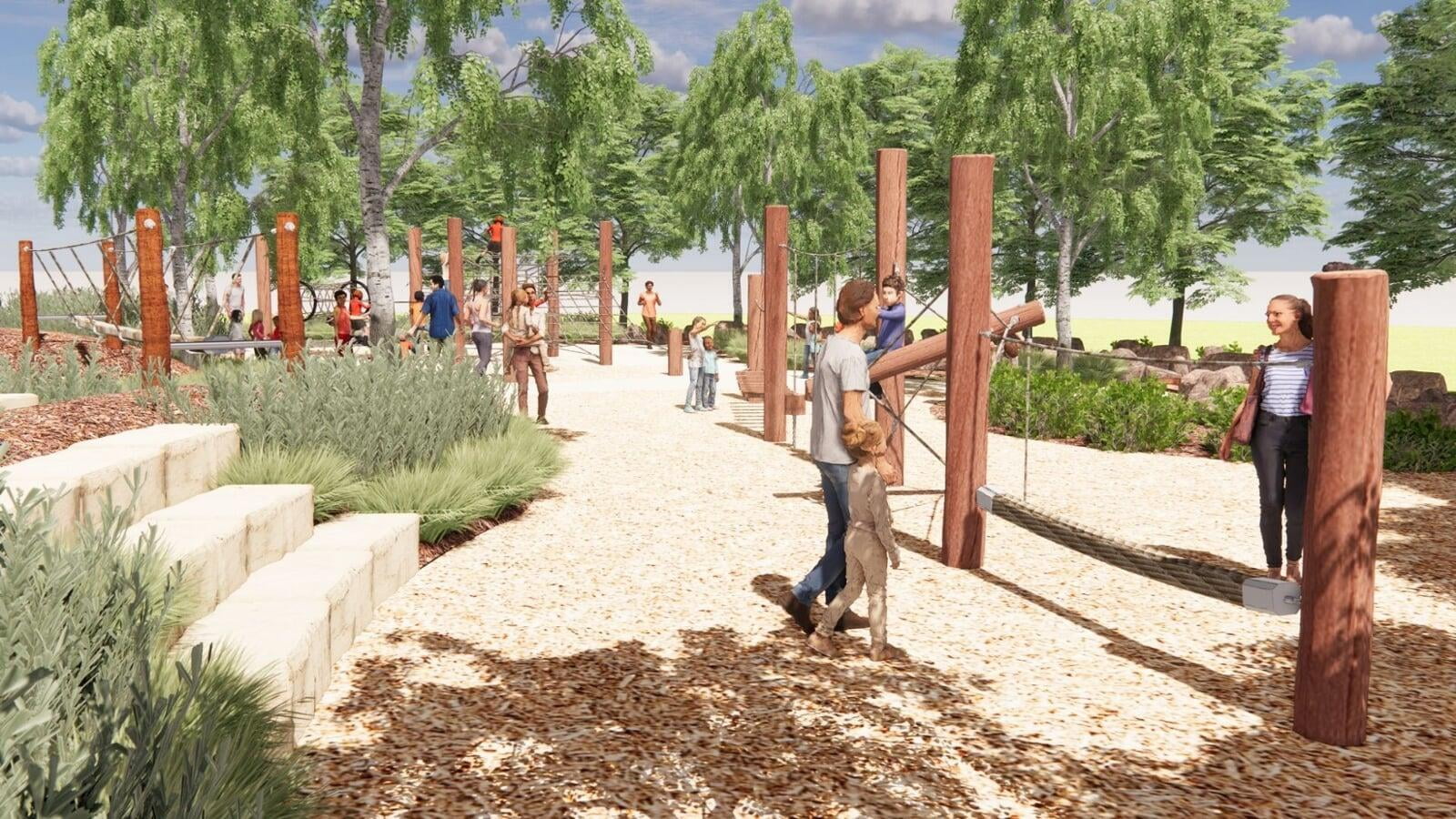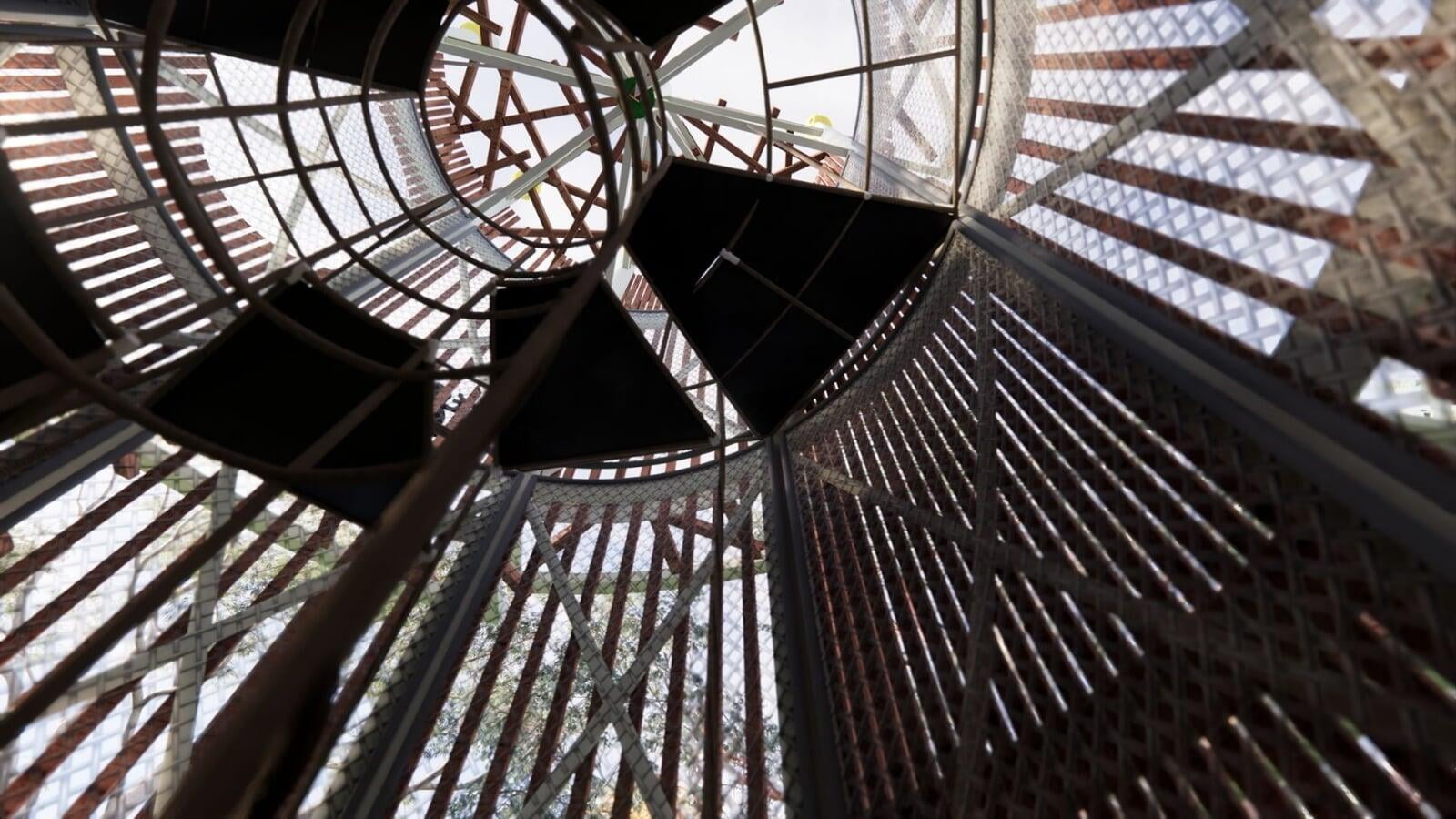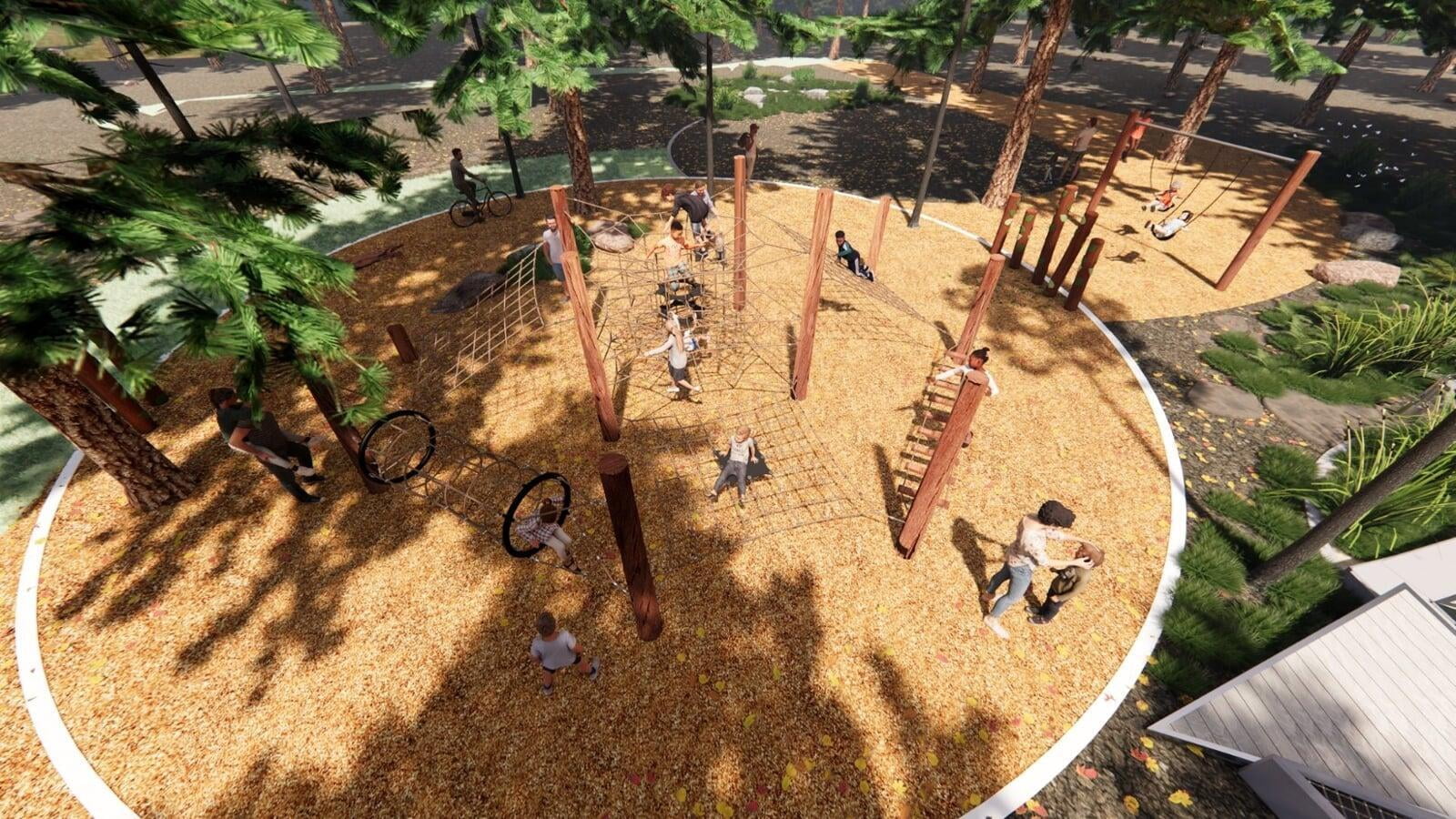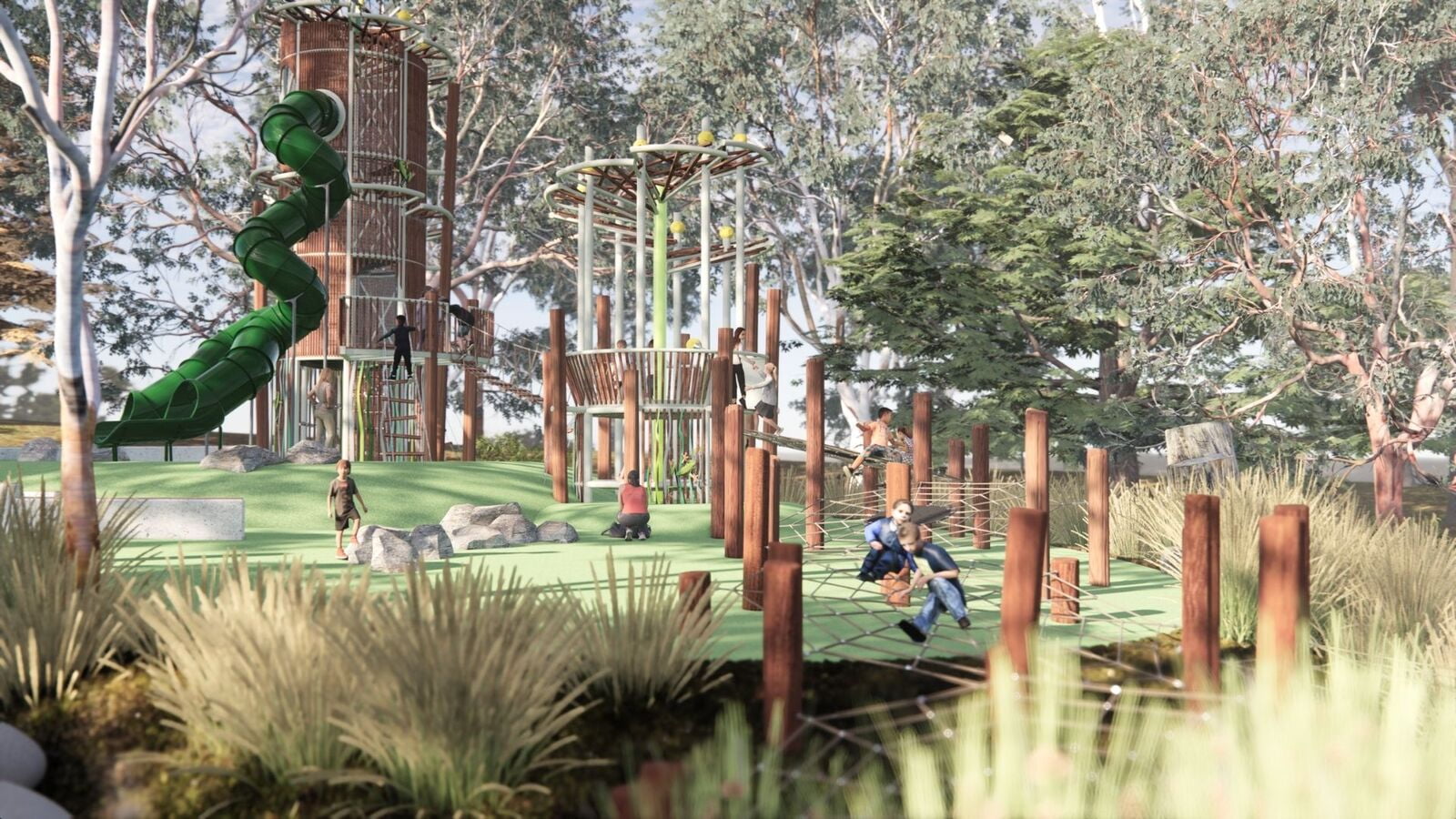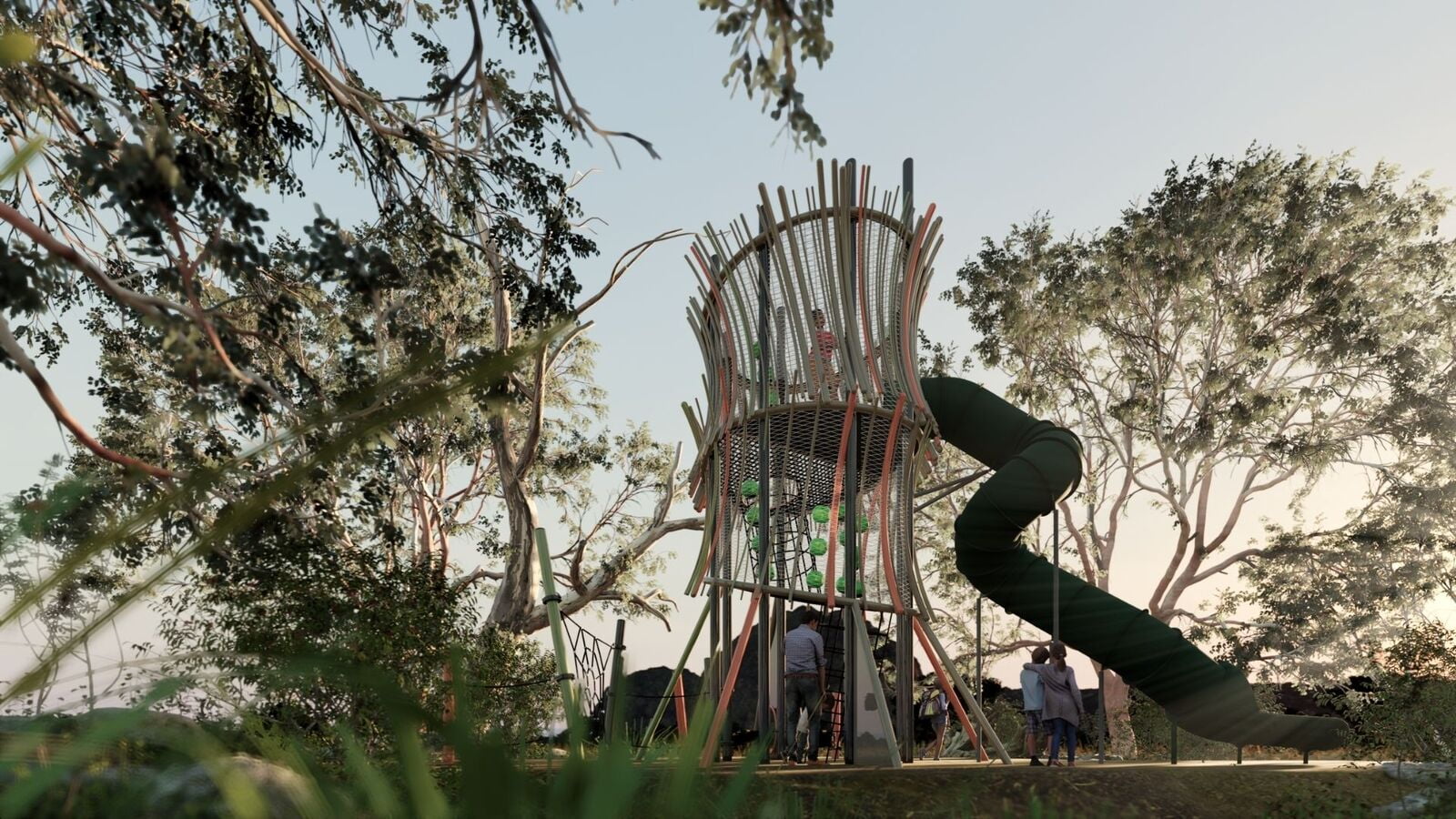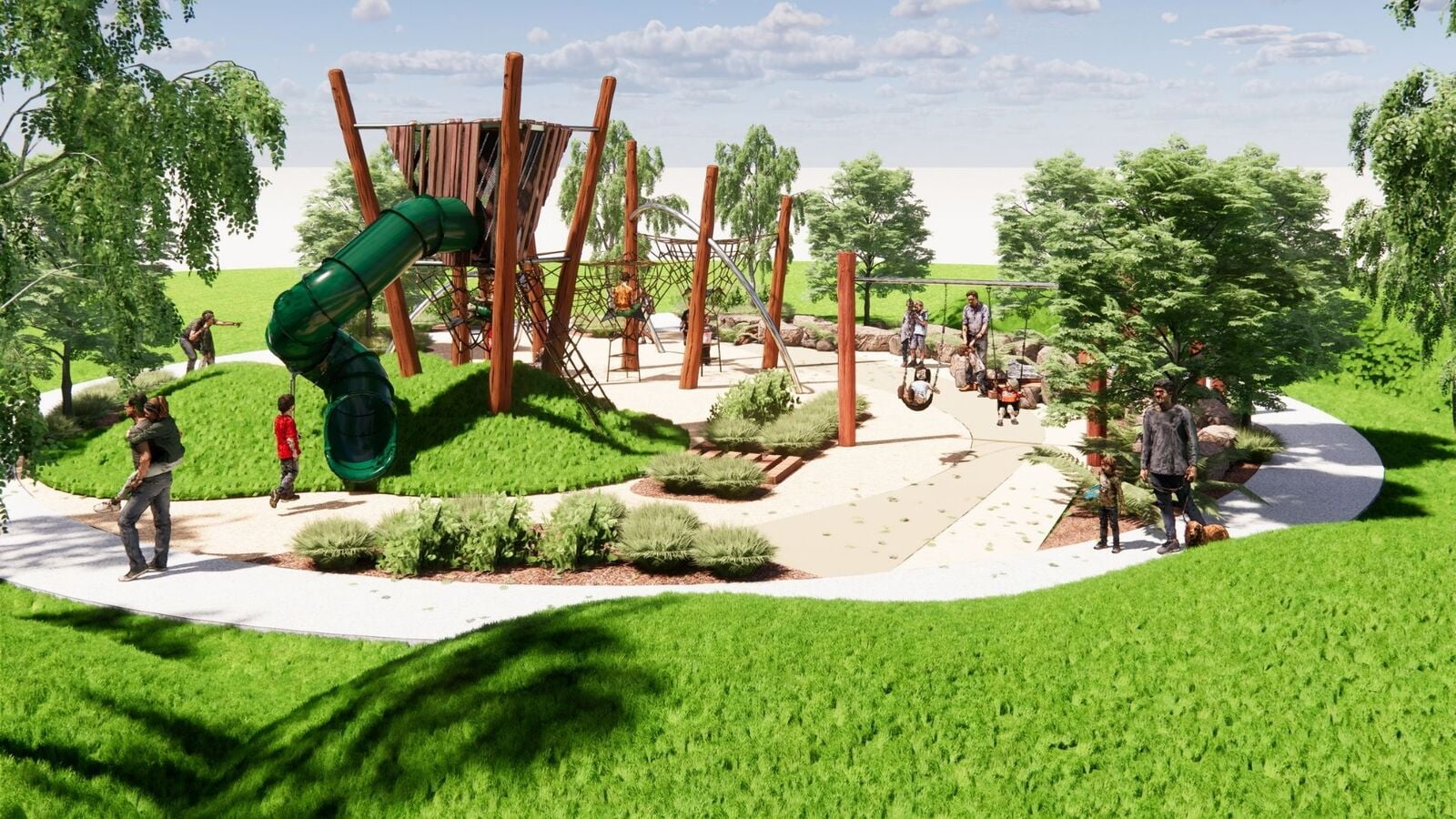The Importance of Unstructured Play versus traditional "Play Value"
There has been a trend over recent years to try and quantify the “play value” of a piece of equipment or a play environment. Essentially, this is a simple matter of adding up the number of activities you can undertake on a single play structure; the entire playground is then simply the sum of its parts.
As a design company that specialises in play, we have recognised that this way of thinking completely overlooks the value of a child’s imagination.
‘Child-led’ is a term wide enough to encompass a range of adult-infant play dynamics, from the first steps of unstructured play time to uninterrupted play. Child-led play is about letting children go do what they need to, allowing them to take the lead by following the play urges genetically coded into their developing bodies and brains. Whether they are deeply engrossed in their own world, or interacting and playing with other children, this type of play is a requirement to unfolding and developing human beings as ‘designed’. Opportunities for child-led investigation also sets the ground work for cognitive processes and support scientific and aesthetic thinking.
Through play, in the varied and less structured spaces of the outdoors, children encounter diverse opportunities for decision making that stimulate problem solving and creativity. Unstructured, outdoor nature play is fundamental to a full and healthy childhood.
As a result, our design teams use unstructured, continuous play as their benchmark for product and place design. Non-prescribed entry and exit routes mean there is no “right way to play”, allowing children to discover their own route through the system, inventing games and engaging their peers as they play. It encourages inclusion for all ages and abilities as children build their physical skills and confidence in their own time.
Continuous play opportunities mean that children can move from one activity to the next within the same system; preventing traffic jams on the equipment and encouraging children to find the path that best suits their needs.
This shifts the value of the play from simply the number of activities available to the infinite value of the child’s imagination.
